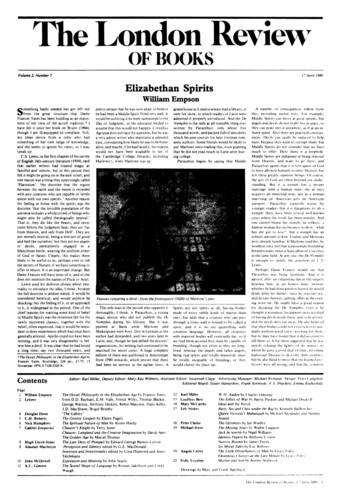The Phonemic Grail
A.C. Gimson, 17 April 1980
Our technological prophets warn us that the present enthusiasm for sound and picture in communication inevitably heralds a decline not only in the use made of the written word but also of the prestige in which it has been held for so many centuries. Whether or not this pessimism is justified, it has to be admitted that the magical property associated with writing has in many respects obscured the analyses made of the spoken forms of language, despite the fact that speech precedes writing in history and in our individual lives and the clear evidence that we speak and listen far more than we read and write. Without the influence of alphabetic writing we might not have been so quick to assume that speech could be neatly segmented into sound units matching in sequence the letters that we write. In fact, most early European grammarians fell into the habit of confusing sound and letter. In the last hundred years, however, and particularly since facilities became readily available for observing the articulatory activity involved in speech and the related physical output, it has become obvious that the flow of speech manifests no readily discernible discrete segments such as might correspond to what have been called ‘phonemes’: the movements of the vocal organs are complex, rarely precisely synchronous and often without a measurable steady state. The resultant speech wave exhibits a mesh of overlapping features. The analysis of a word such as rail reveals an ever-changing pattern of movement, with no obvious sound boundaries.

